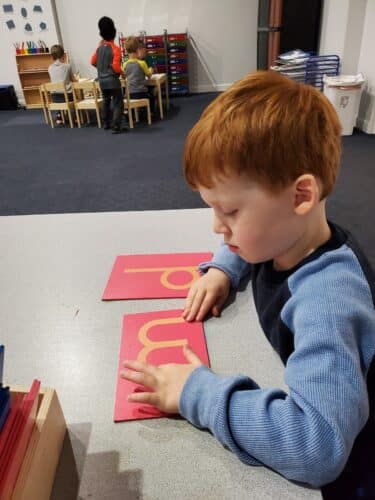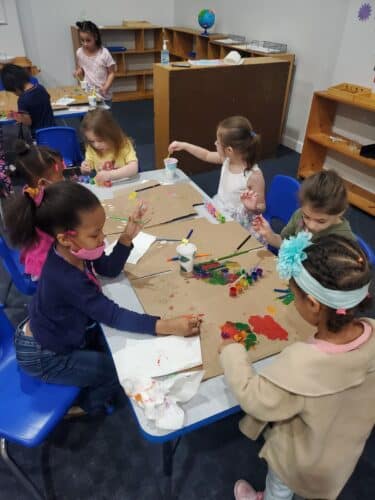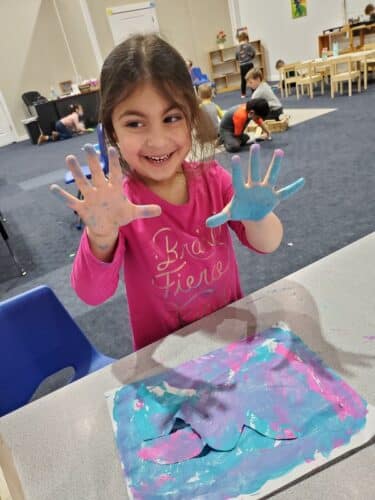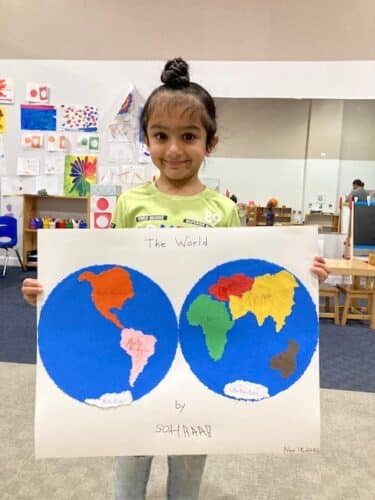Montessori classrooms are designed to be carefully prepared environments that support the independence, exploration, and learning of the children who are enrolled in the program. The classrooms are typically divided into different areas, each of which is equipped with materials that are specifically designed to support the development of particular skills and knowledge. Some common areas found in a Montessori classroom include:
Montessori Classroom
Practical life
This area includes materials that help children develop their fine motor skills, such as pouring, spooning, and lacing. These activities also help children learn about care of self, care of the environment, and social interactions.
Mathematics
This area includes materials such as the number rods and the golden beads, which help children learn concepts such as quantity, size, and sequencing.
Language
This area includes materials such as the moveable alphabet and the sandpaper letters, which help children learn to read and write.

Sensorial
This area includes materials that help children develop their senses, such as blocks for feeling the weight, size, and texture of different objects, and cylinders for matching and distinguishing size and shape.
Cultural
This area includes materials that help children learn about the world around them, such as maps, globes, and cultural artifacts.

Ivy League Kids’ Montessori School
Overall, the Montessori classroom Montessori School – Ivy League Kids is designed to be a place where children can learn at their own pace and in their own way, with the guidance of a trained Montessori teacher.



